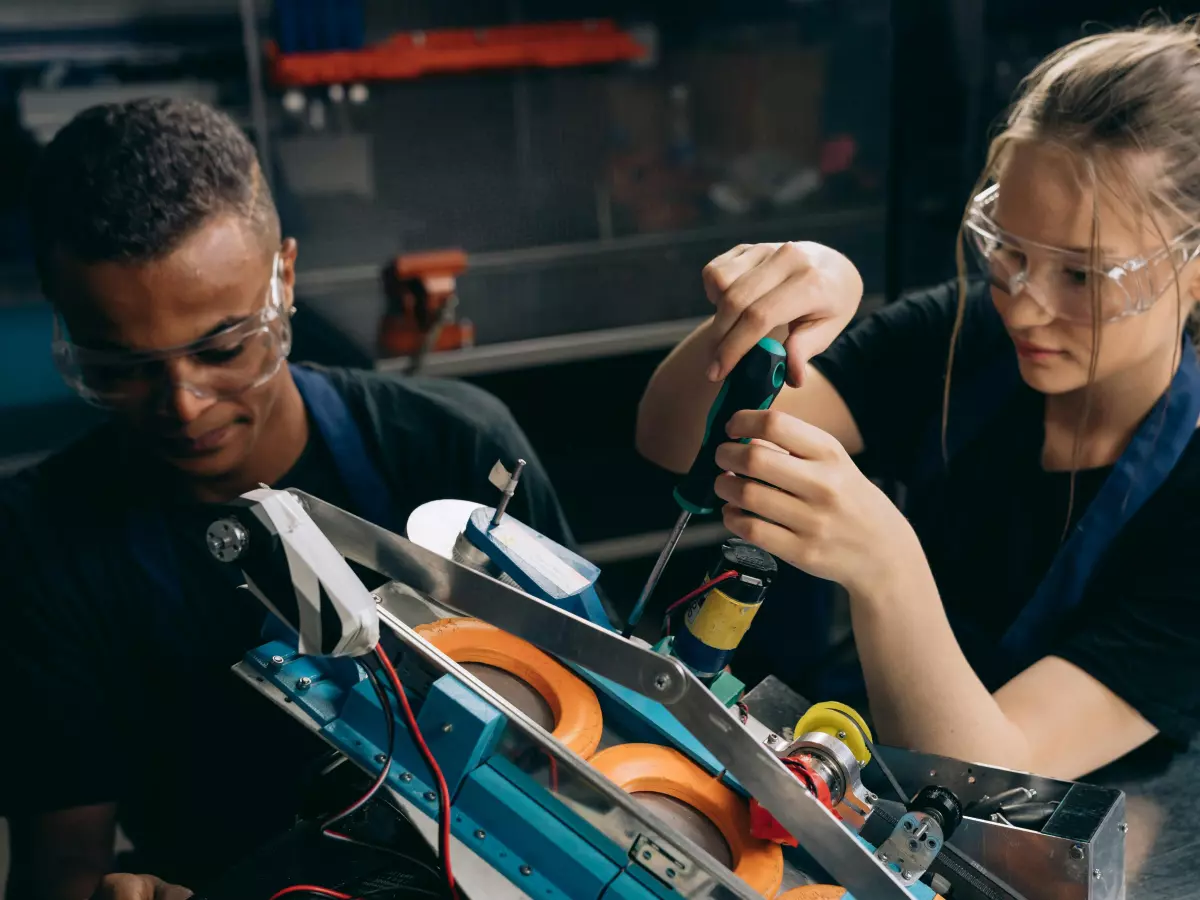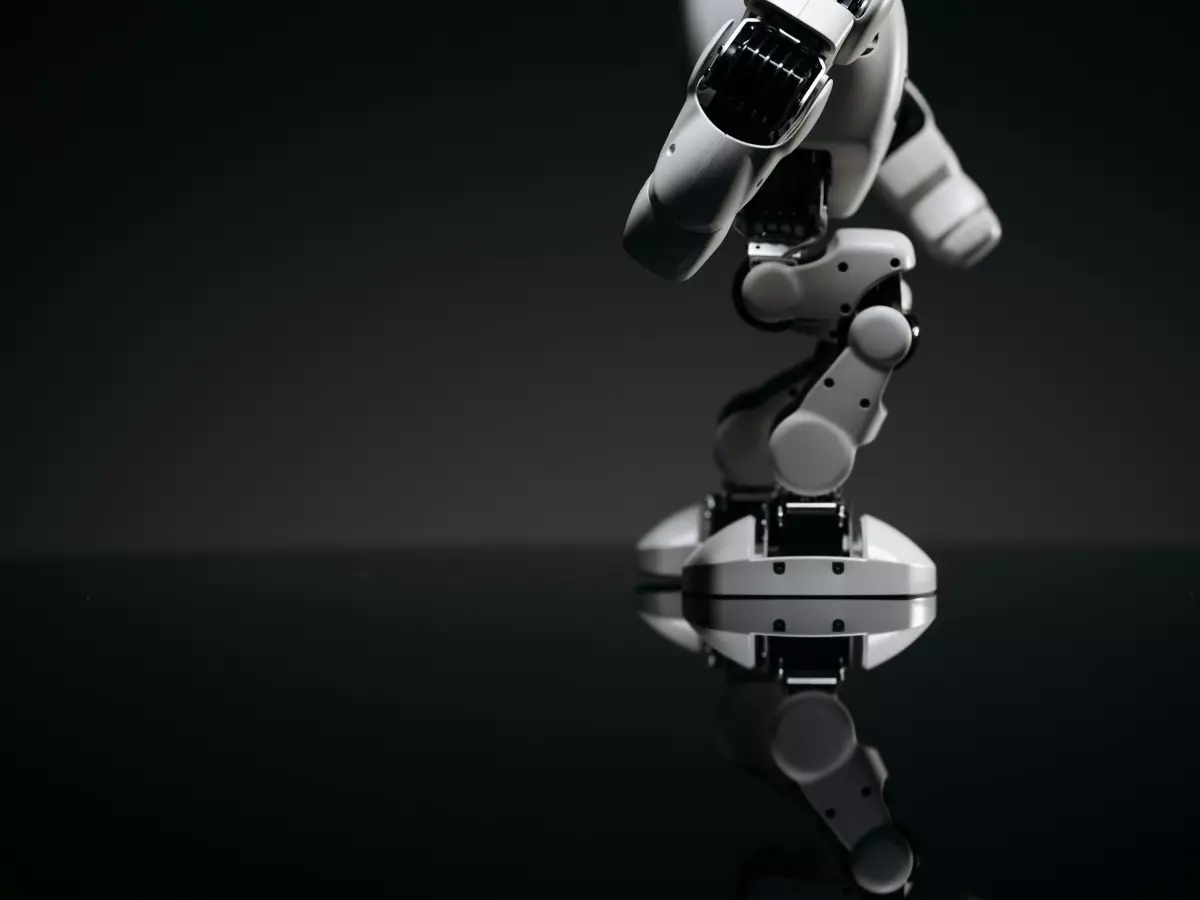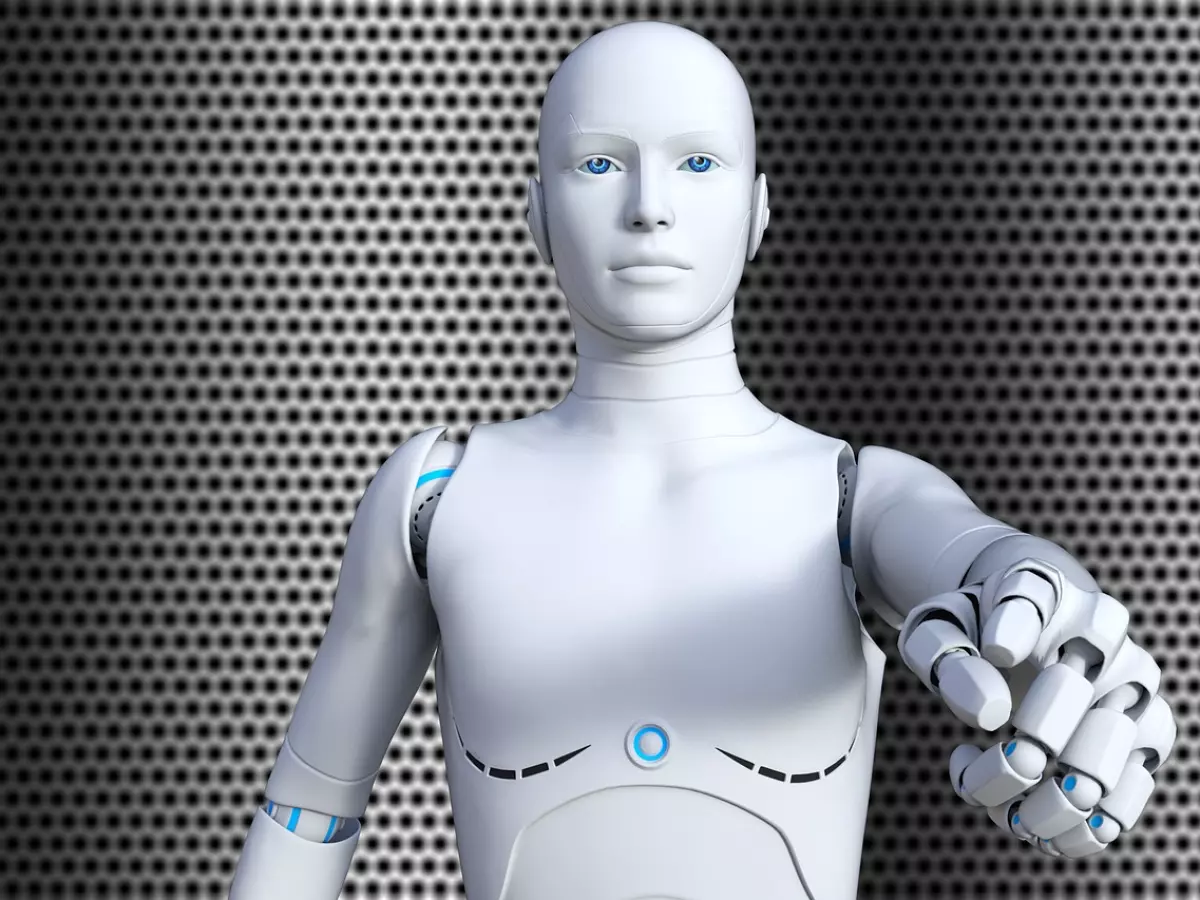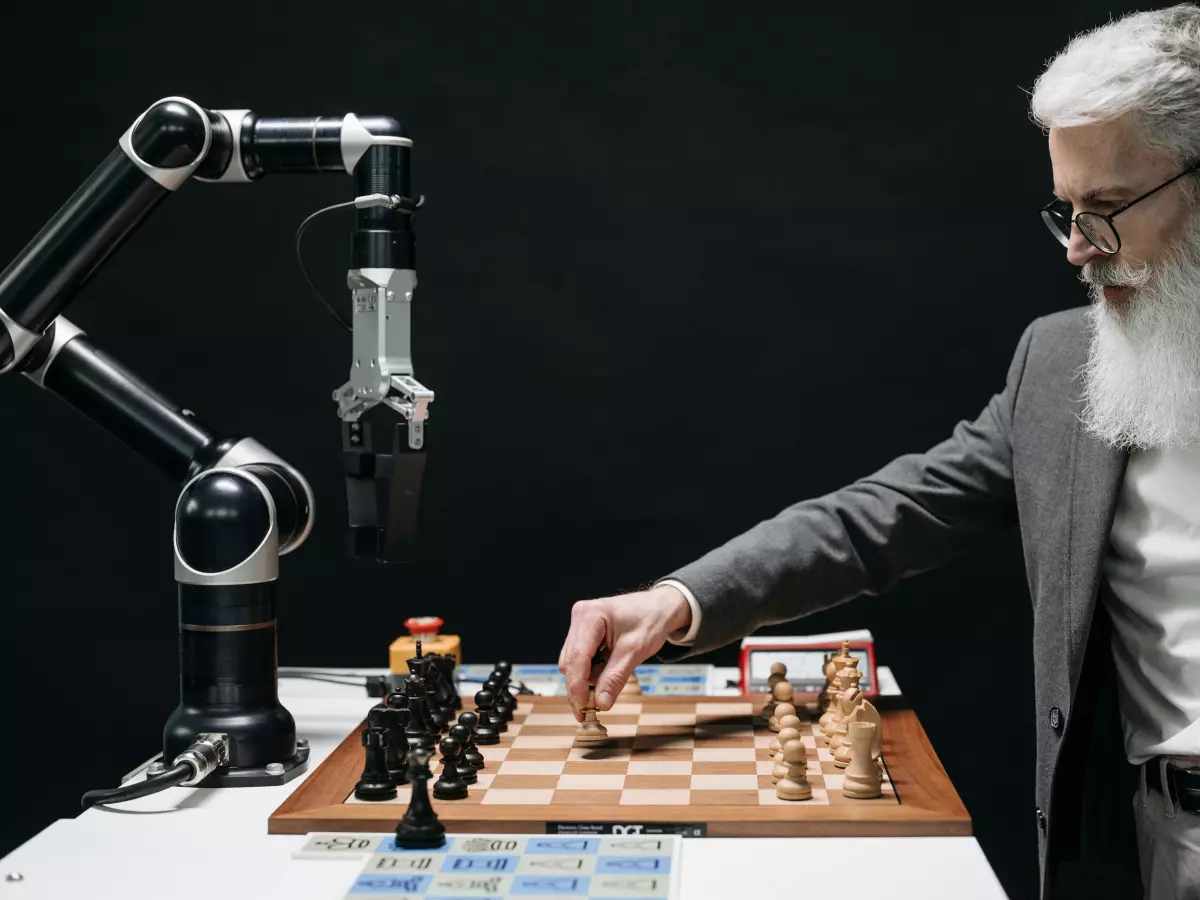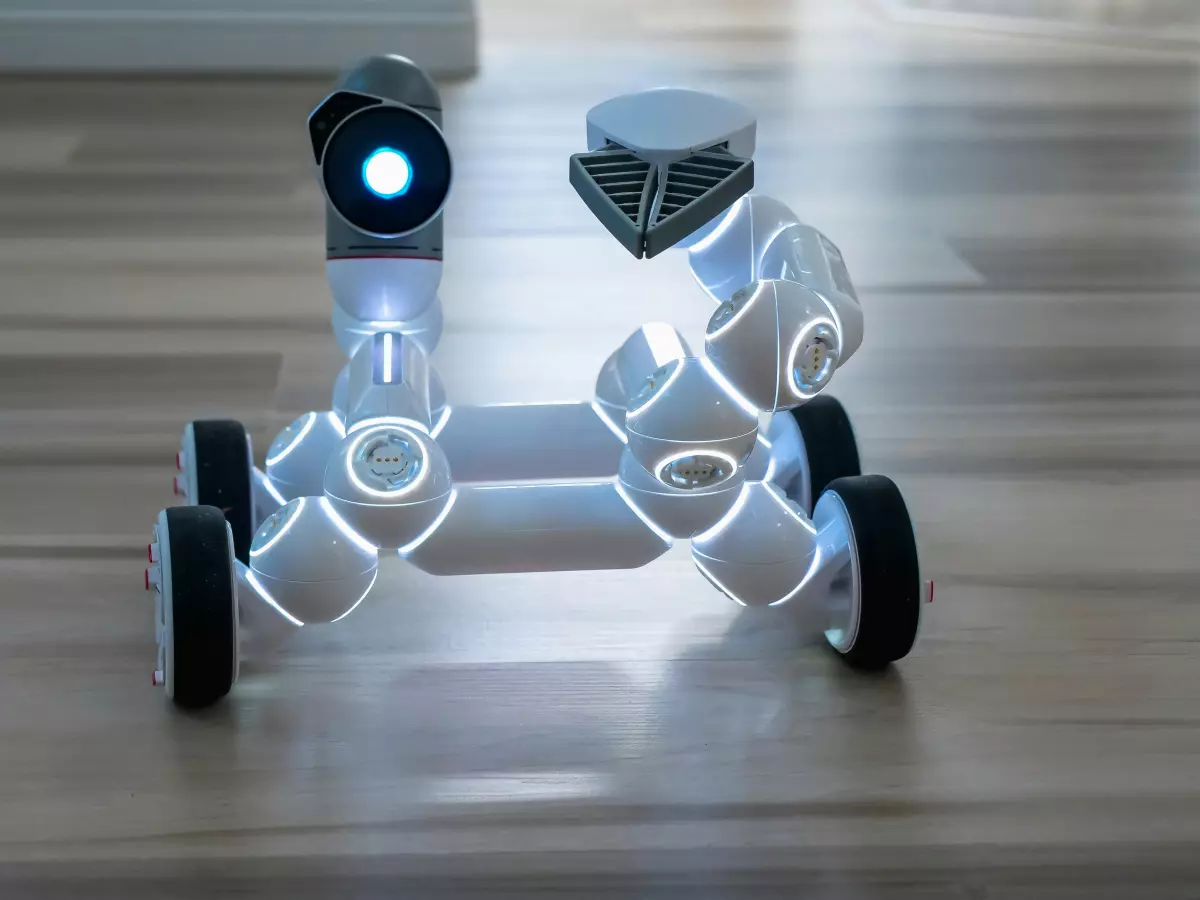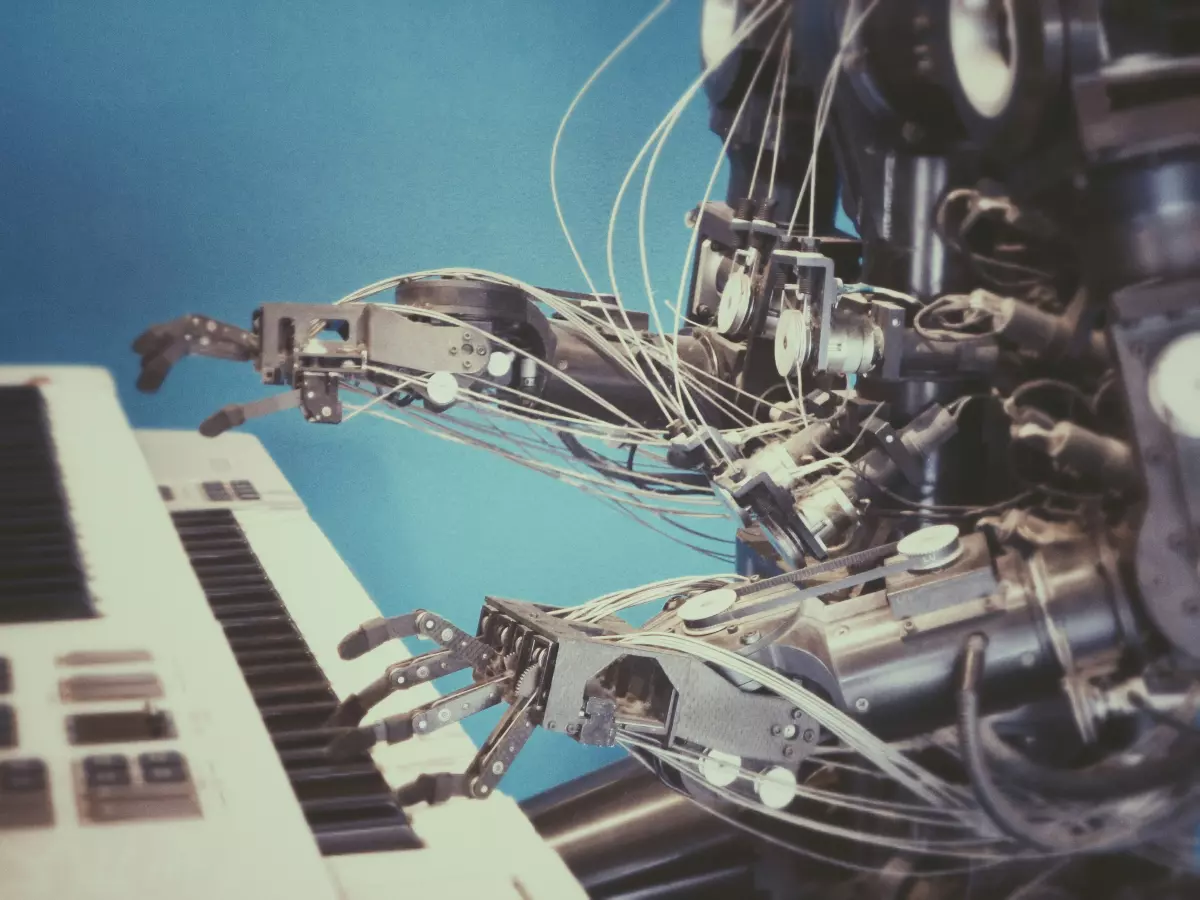Operating Systems in Robotics
Robots have come a long way from the clunky, industrial machines of the past. Today, they’re sleek, autonomous, and capable of performing complex tasks with minimal human intervention. But what’s the secret sauce that makes these robots tick? It’s not just the hardware or the sensors; it’s the operating system (OS) that runs the show. Just like your computer or smartphone, robots need an OS to manage their hardware and software, enabling them to perform tasks efficiently.
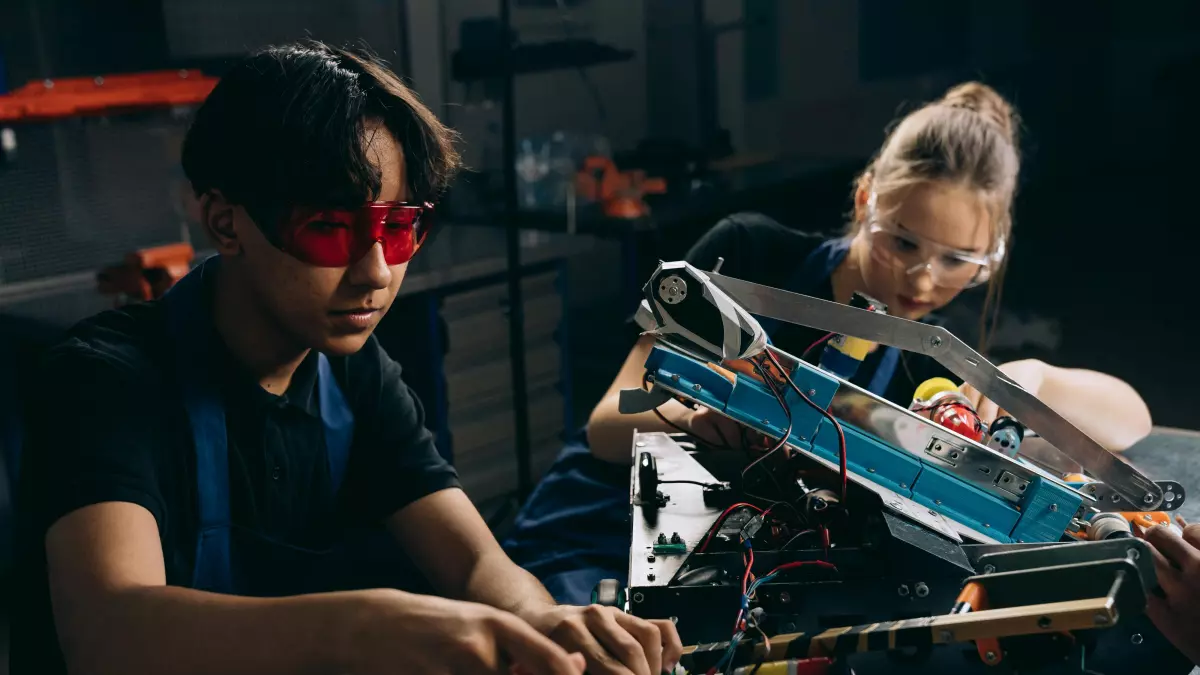
By Wei-Li Cheng
When we think about robots, we often imagine the physical components: arms, legs, wheels, or even drones flying through the sky. But behind every successful robot is a powerful operating system that coordinates all these parts, making sure they work together seamlessly. The OS is the brain of the robot, handling everything from sensor input to motor control, and even decision-making in autonomous systems.
In the world of robotics, there are several operating systems that stand out. These systems are designed to handle the unique challenges of robotics, such as real-time processing, hardware abstraction, and communication between different components. Let’s dive into some of the most popular robot operating systems and see how they’re shaping the future of autonomous machines.
Robot Operating System (ROS)
Let’s start with the big one: ROS, or Robot Operating System. Despite its name, ROS isn’t technically an operating system in the traditional sense. It’s more of a middleware that provides services like hardware abstraction, device drivers, communication between processes, and package management. ROS is open-source and has become the go-to choice for many robotics developers due to its flexibility and extensive library of tools.
ROS allows developers to focus on building the robot’s functionality without worrying too much about the underlying hardware. It supports a wide range of sensors and actuators, making it ideal for both research and commercial applications. Plus, with its large community of developers, there’s no shortage of tutorials, forums, and resources to help you get started.
One of the coolest things about ROS is its modularity. You can pick and choose the components you need for your specific robot, whether it’s a simple wheeled robot or a complex humanoid. This modularity also makes it easier to upgrade or swap out components as technology evolves.
Microsoft Robotics Developer Studio (MRDS)
Next up is Microsoft Robotics Developer Studio (MRDS). While it’s not as widely used as ROS, MRDS is a powerful tool for developing robot applications, especially for those who are already familiar with Microsoft’s ecosystem. MRDS provides a visual programming environment, making it easier for beginners to get started with robotics development.
MRDS is designed to work with a variety of hardware platforms, from simple hobbyist robots to more advanced industrial machines. It also includes simulation tools, allowing developers to test their robots in a virtual environment before deploying them in the real world. This can save a lot of time and money, especially when working with expensive or complex robots.
One of the key features of MRDS is its support for concurrency. Robots often need to perform multiple tasks at once, such as navigating a room while avoiding obstacles and processing sensor data. MRDS makes it easier to manage these concurrent tasks, ensuring that the robot operates smoothly and efficiently.
VxWorks
For robots that require real-time processing, VxWorks is a popular choice. VxWorks is a real-time operating system (RTOS) that’s used in a wide range of industries, including aerospace, automotive, and industrial automation. It’s known for its reliability and performance, making it ideal for robots that need to operate in mission-critical environments.
Unlike ROS and MRDS, VxWorks is a commercial product, which means it comes with a price tag. However, it also comes with professional support and a range of features designed for high-performance robotics applications. VxWorks is often used in robots that require precise timing and control, such as surgical robots or autonomous vehicles.
One of the main advantages of VxWorks is its ability to handle real-time tasks. In robotics, timing is everything. A delay of even a few milliseconds can cause a robot to miss a crucial sensor reading or fail to respond to a command. VxWorks ensures that tasks are executed on time, every time, making it a popular choice for robots that need to operate in real-world environments.
Future of Robot Operating Systems
As robots become more advanced, the demand for powerful and flexible operating systems will only increase. We’re already seeing a shift towards more modular and scalable systems, like ROS, that can be easily adapted to different types of robots and applications. At the same time, real-time operating systems like VxWorks will continue to play a crucial role in mission-critical applications where precision and reliability are paramount.
In the future, we may also see more integration between robot operating systems and artificial intelligence (AI). As robots become more autonomous, they’ll need to process vast amounts of data in real-time and make complex decisions on the fly. This will require even more sophisticated operating systems that can handle the demands of AI-driven robotics.
So, whether you’re building a simple hobbyist robot or a cutting-edge autonomous machine, choosing the right operating system is crucial. It’s the foundation that will determine how your robot interacts with the world, how it processes information, and ultimately, how well it performs its tasks. The future of robotics is bright, and the operating systems that power them will play a key role in shaping that future.
